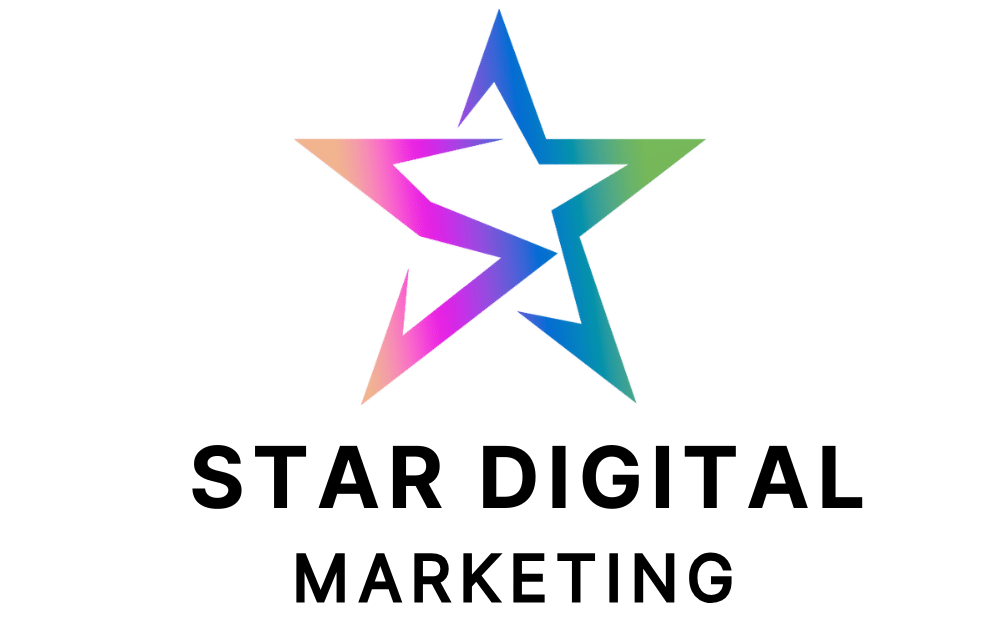You don’t have 8 seconds anymore. You have 3. Make them count.
That’s the reality of marketing in 2025 — attention is shrinking faster than ever, and most brands still write, design, and post as if people are patiently waiting to consume their message. They’re not. They’re scrolling, skipping, and swiping — and if your content doesn’t spark curiosity in three seconds or less, it disappears into the digital void.
So how do you win in a world that runs on split-second decisions? Let’s talk about it.
Why 3 Seconds Matter More Than 30
The “attention economy” isn’t new, but it’s changed shape. A few years ago, marketers were told the average attention span was eight seconds. That sounded bad enough. Then TikTok, YouTube Shorts, and Instagram Reels entered the chat — and the window shrank to three seconds.
It’s not that people have become less intelligent or less interested. It’s that they’re bombarded with too much content. The moment your audience lands on a video, ad, or blog post, they subconsciously ask: “Is this worth my time?”
If the answer isn’t immediate, they’re gone.
That’s why the first three seconds of your message — whether it’s a headline, visual, or video — aren’t just an introduction. They’re your brand’s one chance to prove it deserves attention.
Short-Form Marketing: The Art of Instant Relevance
Short-form marketing isn’t just about making things shorter. It’s about distilling meaning without losing magic. It’s storytelling under pressure.
Think of how brands now build campaigns:
- 6-second YouTube bumper ads replacing 30-second spots
- Micro-copy on websites that does more than paragraphs used to
- Instagram Reels are delivering brand messages faster than traditional TV ever could
Short-form marketing forces clarity. It eliminates fluff. It makes you decide what truly matters — and how fast you can make someone care.
How to Hook an Audience in 3 Seconds
A good hook is like a spark — quick, bright, and hard to ignore. But it’s not luck. It’s a strategy.
Here’s how to master the art of the 3-second hook:
- Start with emotion, not information.
Facts don’t grab people — feelings do. Begin with curiosity, surprise, or tension. “What if your next customer never reads past the headline?” is more powerful than “Why attention spans are shorter.” - Lead with relevance.
People don’t scroll the internet to find you. They scroll for themselves. Frame your message around their world. Replace “We help brands grow online” with “Your customers stopped paying attention. Let’s fix that.” - Show, don’t tell.
Visuals carry emotion faster than words. Use bold images, motion, or color contrast in the first frame of your video or post. Your design should tell the story before your caption does. - Ask, don’t announce.
A good question creates mental friction. “Are you losing sales because your content looks like everyone else’s?” will always pull more engagement than a plain statement. - Keep the promise.
The worst hook is one that tricks. Don’t bait audiences with something you can’t deliver. The best brand engagement comes from trust built one honest hook at a time.

From Views to Value: The Science of Brand Engagement
Getting attention is easy. Keeping it is the real game.
That’s where brand engagement enters the scene.
Engagement doesn’t mean likes or clicks — it means creating moments where people pause, relate, and respond. The brands that win aren’t just quick; they’re consistent. They don’t chase trends; they use trends to reinforce timeless ideas.
Take examples from brands like Duolingo, Netflix, or Zomato. Their posts grab attention instantly — often funny, weird, or bold — but behind every viral moment is a simple truth: they know their audience too well to be ignored.
True engagement happens when the audience feels recognized. That’s why the best 3-second content isn’t about speed — it’s about connection in fast motion.
The Balance Between Data and Humanity
Marketers love analytics — impressions, CTRs, bounce rates. But data can’t replace instinct. The irony of the 3-second rule is that it’s not really about numbers. It’s about intuition.
Every viral post starts with a gut feeling that something will resonate. That spark of creativity, that half-crazy idea your spreadsheet can’t justify — that’s what catches fire online.
Short-form marketing needs that blend: analytical precision plus human storytelling. The algorithm rewards what people love, and people love authenticity wrapped in speed.
Building a 3-Second Strategy That Lasts
Here’s what the smartest brands are doing right now:
- Batching hooks: They brainstorm 10–20 headline or video openers for every campaign before finalizing one.
- Testing thumbnails and first frames: Because visuals decide clicks before copy does.
- Tracking retention, not just reach: A thousand views that last one second are worth less than a hundred that last ten.
- Humanizing every script: The best 3-second intros sound like they’re spoken by a real person, not generated by a marketing bot.
Why the Future Belongs to Fast Storytellers
The 3-second rule isn’t a constraint — it’s a filter. It forces marketers to strip away the unnecessary, get to the point, and speak like humans again.
If you can earn attention in three seconds, you can earn trust for much longer. That’s the foundation of sustainable brand engagement — not just chasing clicks, but building a connection that keeps people coming back.
In an era of endless content, speed isn’t just about being quick. It’s about being clear, real, and relevant — instantly.
Your audience doesn’t owe you attention. You have to earn it — one scroll, one second, one spark at a time.
Short-form marketing isn’t killing creativity. It’s challenging us to evolve. The brands that embrace that challenge — the ones who learn to make those first three seconds unforgettable — will define the next decade of digital marketing.
And if your brand is ready to master the 3-second rule — from sharper content hooks to stronger engagement strategies — Star Digital Marketing can help you craft stories that stop the scroll and start real conversations.
Because attention may be short, but impact doesn’t have to be.




